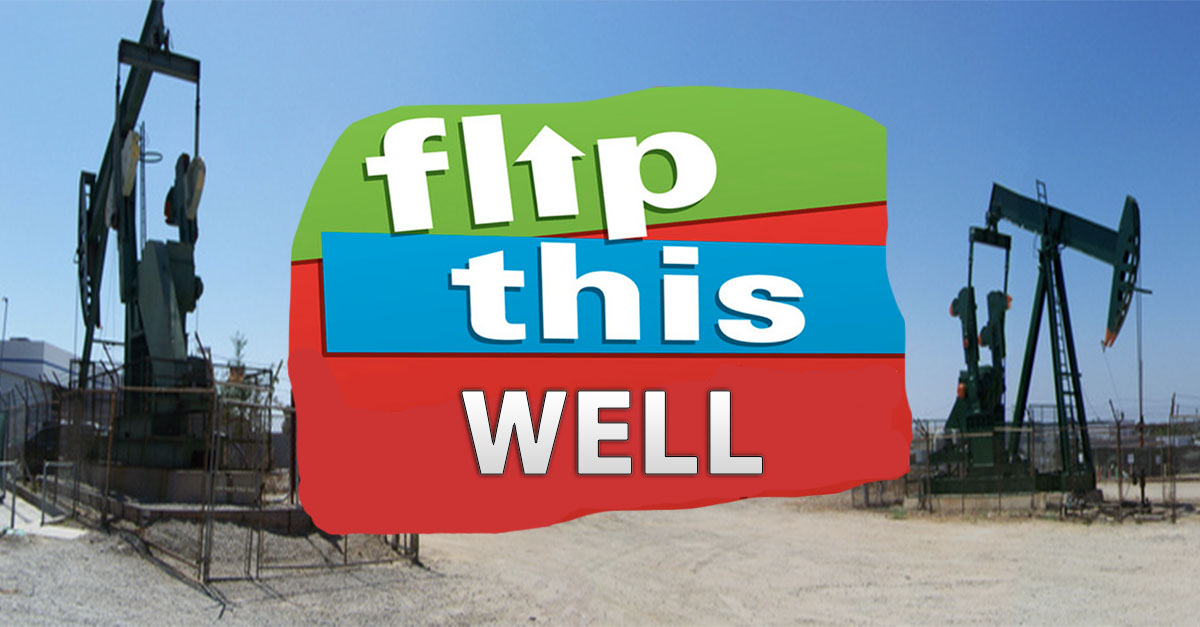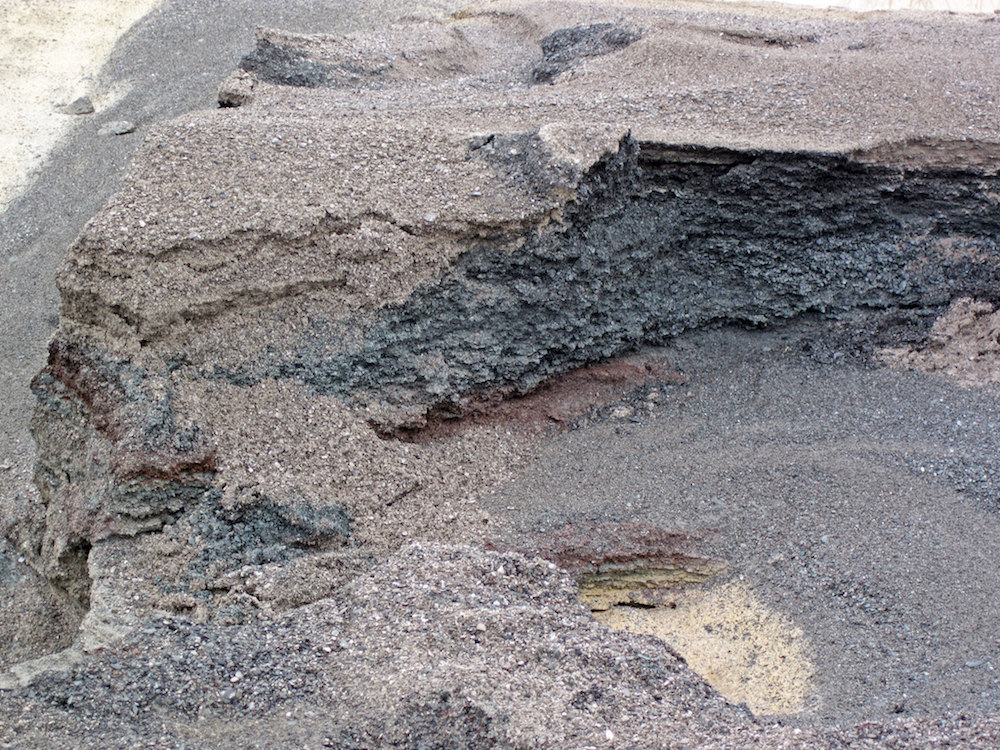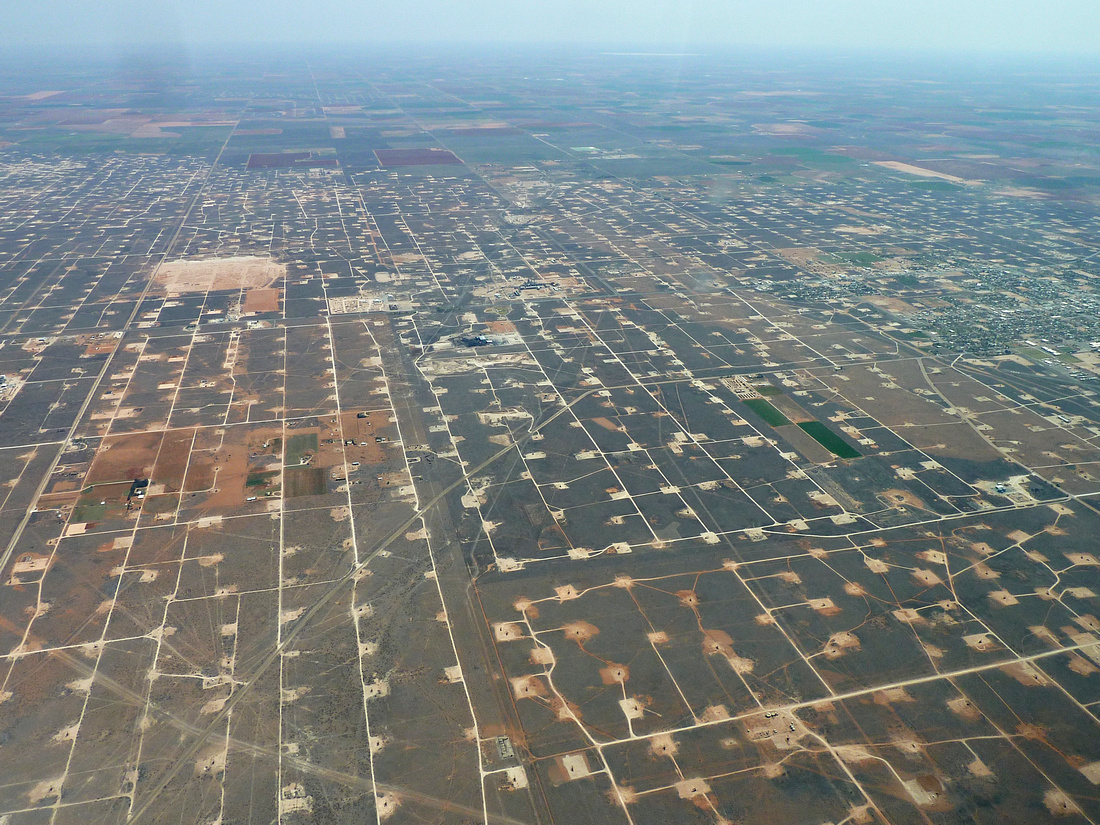Last year the fracking company Halcón Resources announced a new strategy that was sold as the path to profits for the previously troubled shale oil and gas firm. The company had sold its stake in the Bakken oil fields in order to double down on the Permian shale in Texas. At the time, Reuters touted the deal as a “stunning turnaround” for CEO Floyd Wilson, and the good news immediately drove up the Halcón stock price by 35 percent.
“The sale of our Williston Basin operated assets transforms Halcón into a single-basin company focused on the Delaware Basin where we have more than 41,000 net acres,” Wilson said in a statement. He was making his pitch and investors responded.
However, the move was part of a familiar formula for those in the shale industry, which uses horizontal drilling and hydraulic fracturing (fracking) to release oil and gas from shale formations: Borrow lots of money, drill lots of fossil fuels at a loss, flip the company for a profit.
As the Reuters article points out, Wilson’s ultimate goal is to create excitement about the potential of its Permian basin wells and then flip Halcón, just as he’s flipped other shale firms: “Focusing on the Permian could help Wilson achieve his long-held dream of selling Halcón to the highest bidder.”
Wilson made his name in the industry by doing just that three times before. He sold Hugoton Energy to fracking giant Chesapeake Energy for big profits, flipped the company 3TEC to Plains Exploration & Production and then sold his company Petrohawk to energy giant BHP. The latter sale was a big, and necessary, win for Wilson. As one analyst told Dealbook at the time, “Petrohawk tapped practically every source of capital that it could.” When you run out of people willing to lend you money, it is time to flip.
Those deals made Wilson a respected oil man and instilled confidence that he would do the same with Halcón.
“We will be successful,” Wilson told an interviewer in 2013. “I’ve been doing this a long time. Nothing keeps me up at night.”
He speaks with the confidence of a very wealthy man who, despite driving Halcón into bankruptcy once already, was well compensated for doing. It’s a simple formula Wilson uses: Borrow a lot of money, predict that you have hit on some major oil find, try to produce as much oil as possible even if the costs outweigh the income, drive up your stock price, and try to flip the company.
Will the Permian finally be the pitch that works for Wilson and Halcón?
2013 and the Utica Play
Well cuttings from a petroleum well west of Granville, Ohio. Utica Shale samples are dark brownish-gray to near black. Credit: James St. John, CC BY 2.0
It was 2013 when Wilson was claiming that nothing kept him up at night. Back then, he and Halcón had another sure thing with the Utica shale play, which stretches across parts of Ohio, Pennsylvania, West Virginia, and New York. As Reuters said, he was going to “do what he does best: spruce up an oil company and sell it off to the highest bidder.”
However, the Utica strategy did not quite pay off. “Halcón had disappointing results when the roulette ball landed on the highly touted Utica in 2013,” investment site SeekingAlpha noted the following year. When even the financial press is making comparisons to random games of chance, perhaps investors should just skip Wall Street and head directly to the Vegas roulette tables.
Halcón struck out in the Utica shale oil fields, but Wilson was not fazed by this failure. Despite promising big results and coming up dry there, he apparently had no problem joking about it in an exchange with a Goldman Sachs analyst on a 2015 investor call:
Jason A. Gilbert, Goldman Sachs & Co: “Okay. And then last one, if I might, what are your plans for the Utica?”
Floyd C. Wilson, Chairman & Chief Executive Officer, Halcón: “What’s the Utica?”
By this time, Wilson already had his eyes set on a new plan for success for Halcón: the Tuscaloosa Marine Shale.
2014 in Tuscaloosa: Strike Two
Now you probably can guess how Wilson’s next gamble paid off as you’ve likely not heard much about the oil fields of the Tuscaloosa Marine Shale (TMS), a narrow band that primarily stretches across central Louisiana. That did not stop Wilson and Halcón from making optimistic assurances about the little-known oil play. Unlike the failed efforts in the Utica shale, Wilson sold the Tuscaloosa as a “world-class” oil field.
“We are off to a solid start in the TMS, and the capital from our partnership with Apollo will help us to accelerate activity,” Wilson said in a 2014 statement. “The TMS is quickly evolving into a world-class oil play.”
The Motley Fool investment site wrote about the 2014 rise in Halcón’s stock price thanks to the potential of the TMS but noted that it was a “relatively unknown and unproven shale formation.” The thing about unknown and unproven assets is that it is easy to sell the potential of future profits based off them because the reality is “unknown.”
At the same time Halcón’s stock was doing well and Wilson was making promises about the Tuscaloosa, the company was burning through vast amounts of borrowed cash. Halcón was $4 billion in debt when the Tuscaloosa dream eventually evaporated, joining the Utica as another failure.
As Forbes noted in 2015, “Even during good times Halcón didn’t live within its cash flow — only making ends meet by continually issuing more stock and selling debt.”
But after playing hardball with investors, Halcón was able to reduce its debt in 2015, and the stock once again got a big bump — up 35 percent in just a couple of days. Still, the headline of a Forbes article mentioning the jump in stock price led with the prescient words “Not Dead Yet …”
Rewarded for Bankruptcy
Oil and gas fields pock the land around Midland, Texas, in the Permian shale. Credit: EcoFlight, CC BY 2.0
The next chapter of the Halcón story will erase any wonder about why Wilson doesn’t lose sleep at night even after repeatedly losing billions of dollars of other people’s money.
Even in the shale industry where losing large amounts of money is the status quo, at some point the practice can catch up with a company. Wilson ran up Halcón’s debt while promising world class oil plays based on unproven assets, but when that didn’t pan out, eventually the ability to borrow more money dried up, and Halcón declared bankruptcy.
Investors lost roughly $1.8 billion as a large portion of Halcon’s debt was erased in the bankruptcy, providing the proverbial “get out of jail free” card for the shale firm and especially for Wilson.
After the bankruptcy, Wilson remained as the heavily incentivized CEO of the new and improved Halcón. A Houston Chronicle article couldn’t help pointing out the irony in a headline: “Even in bankruptcy, oil bosses are promised riches.”
“The people who came out ahead were the ones who drove them toward bankruptcy,” Praveen Kumar, executive director of the Gutierrez Energy Management Institute at the University of Houston, told the Chronicle. “What have they learned? Not much.”
What have they learned? That the path to riches in the shale oil business is to gamble as much as possible with other people’s money while making sure the executives get rich even when the company lose billions.
Not only did Wilson stay on as CEO of Halcón after the bankruptcy — 10 percent of the new company stock was dedicated to Halcón’s “management incentive plan.”
Halcón Reborn
What Wilson learned from the bankruptcy is likely what he’s known all along. The key to flipping a shale oil company is to make big promises, find some oil and gas, and pump as much of it as possible, all while funding the endeavor with debt.
Having struck out in the Utica, Tuscaloosa, and Bakken, Wilson is now promising that the Permian shale will be Halcón’s money-maker.
In perfect form, Halcón is once again borrowing money and again losing it chasing oil production. The company’s first quarter results for 2018 were cited as “disappointing.” Losing money can be disappointing to investors, as it turns out.
But according to the Motley Fool, those disappointing returns aren’t slowing down Wilson and Halcón. And why should they?
The CEO is still accumulating plenty of wealth as he promises results and borrows money — which his company then loses even as he earns more than $7 million a year in compensation. After the 2018 first quarter results were announced, the Motley Fool wrote the following:
“Halcón Resources has an aggressive plan to increase output at a lightning-fast rate, to offset asset sales in recent years. It’s a big bet on higher oil prices, since the company is significantly outspending cash flow to get up to where it wants to be as fast as possible.”
Anyone want to bet how this ends up?
Halcón is an excellent example of the Ponzi scheme that is the fracked oil story in America. Big promises that lead to huge loans that lead to more promises. And while the investors get burned and $280 billion gets squandered, the fracking CEOs walk away very rich along with the deal makers on Wall Street.
But the reality is that most shale oil fields in America have never been profitable. As the saying in the industry goes, “You can’t fix bad rock.”
But you can sell it, and Wilson has been selling bad rock in the shale business for years.
“The bottom line is a lot of these companies didn’t have very good assets to begin with,” Leo Mariani, an analyst at NatAlliance Securities, explained to Bloomberg. “You can go through bankruptcy and wipe away debt and that’s all well and good, but the assets they ended up with are still not very attractive.”
But that is something for investors and analysts to worry about. Floyd Wilson does not appear troubled by such things and is once again borrowing and losing money as fast as he can. He explained this strategy to the Wall Street Journal in 2012.
“We rush down the stairs and we just hope we don’t fall,” Wilson said.
Even when shale oil CEOs like Wilson do fall, and wipe out billions in other people’s money, their falls seem to be cushioned with more cash.
Follow the DeSmog investigative series: Finances of Fracking: Shale Industry Drills More Debt Than Profit
Main image: A derivative of “Signal Hill CA active oil field 2011.” Credit: HayMarketRebel, public domain
Subscribe to our newsletter
Stay up to date with DeSmog news and alerts








